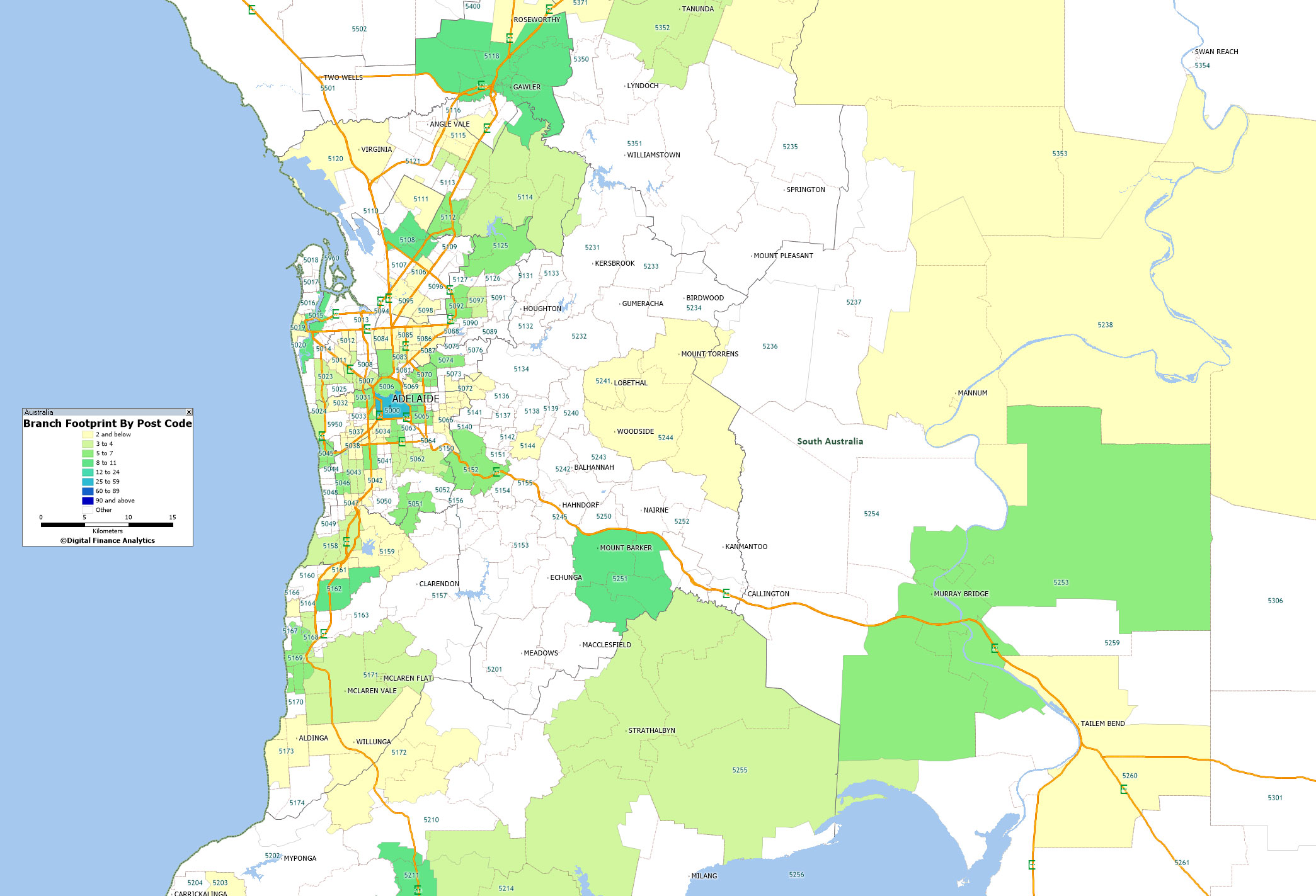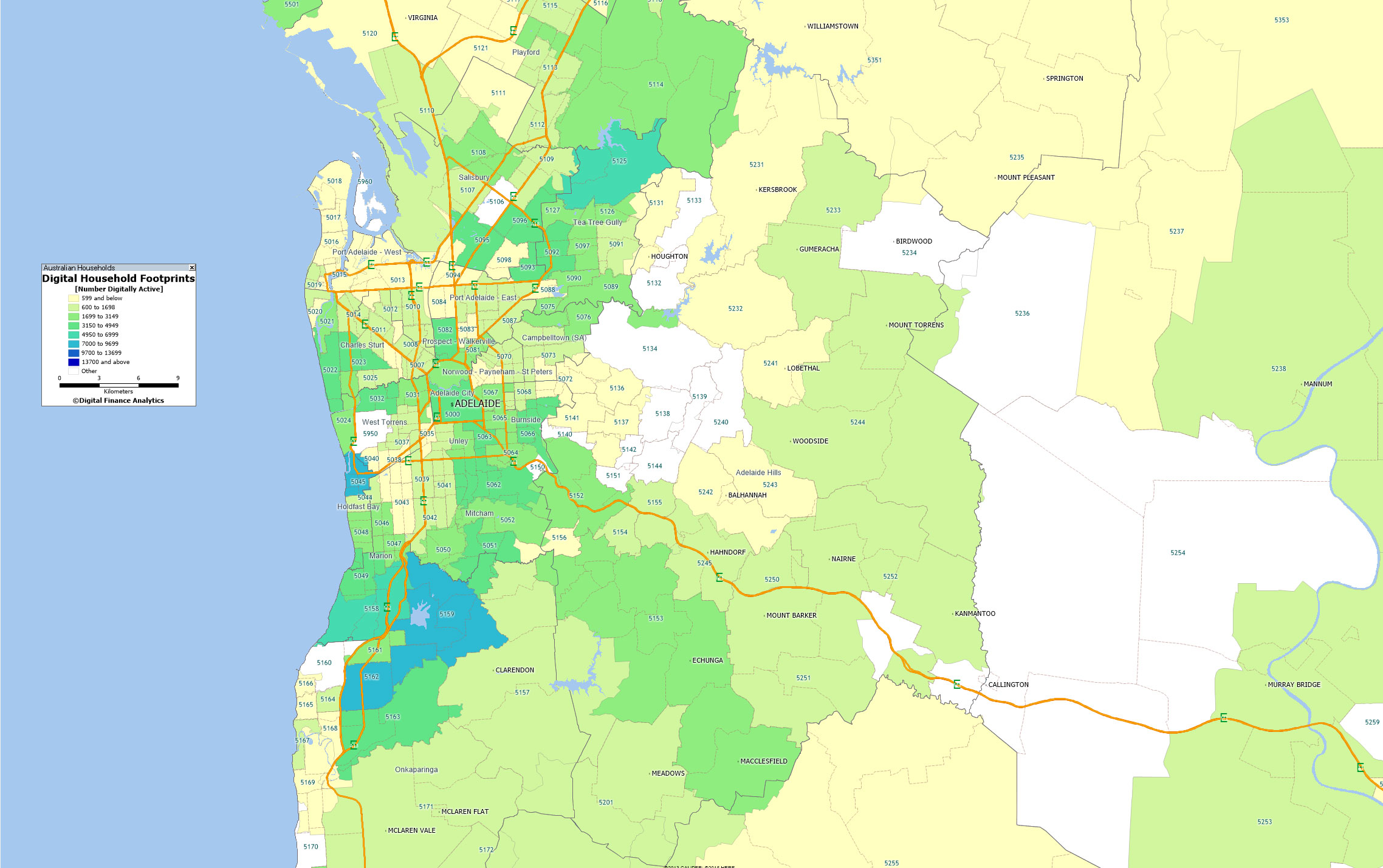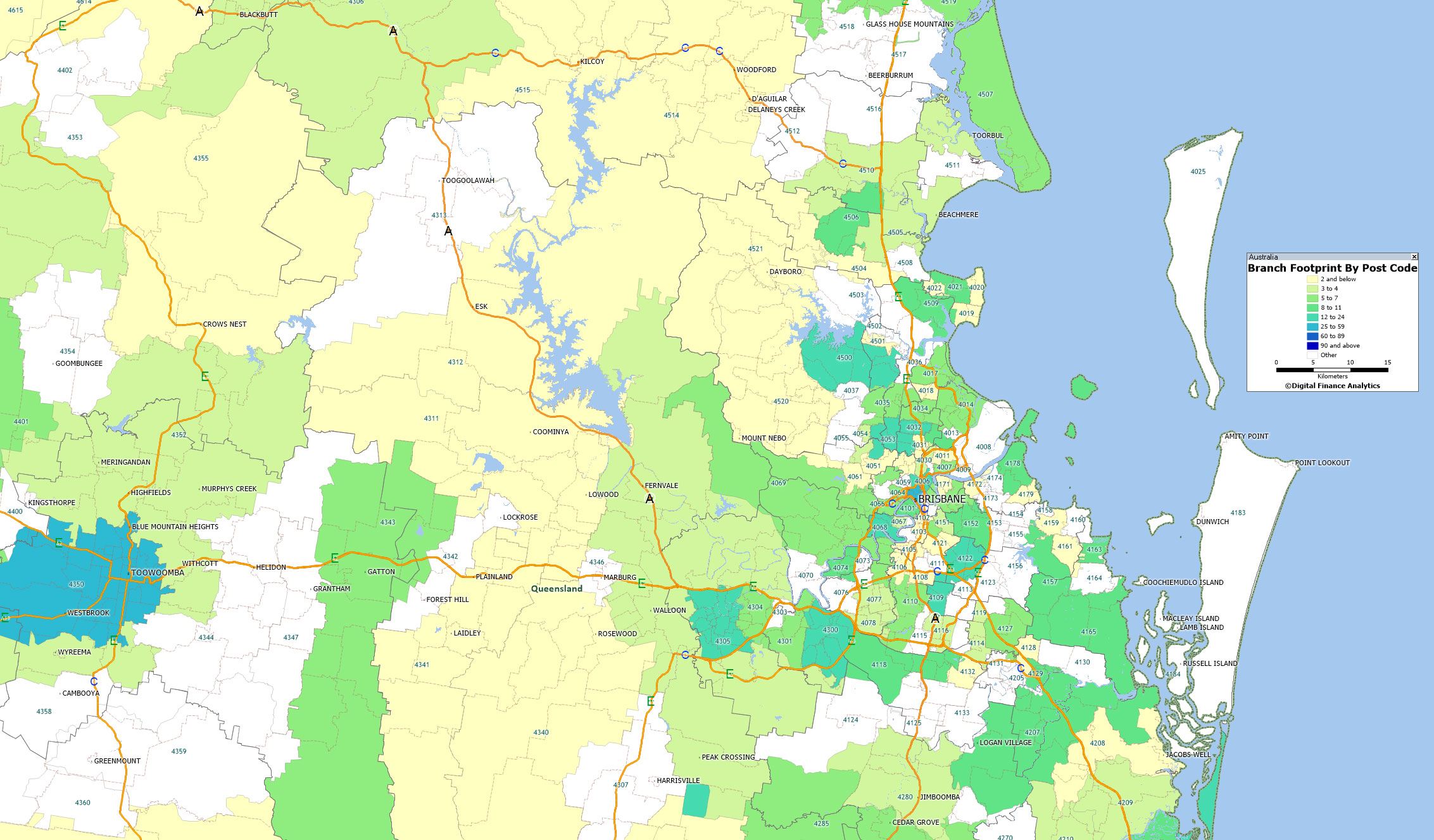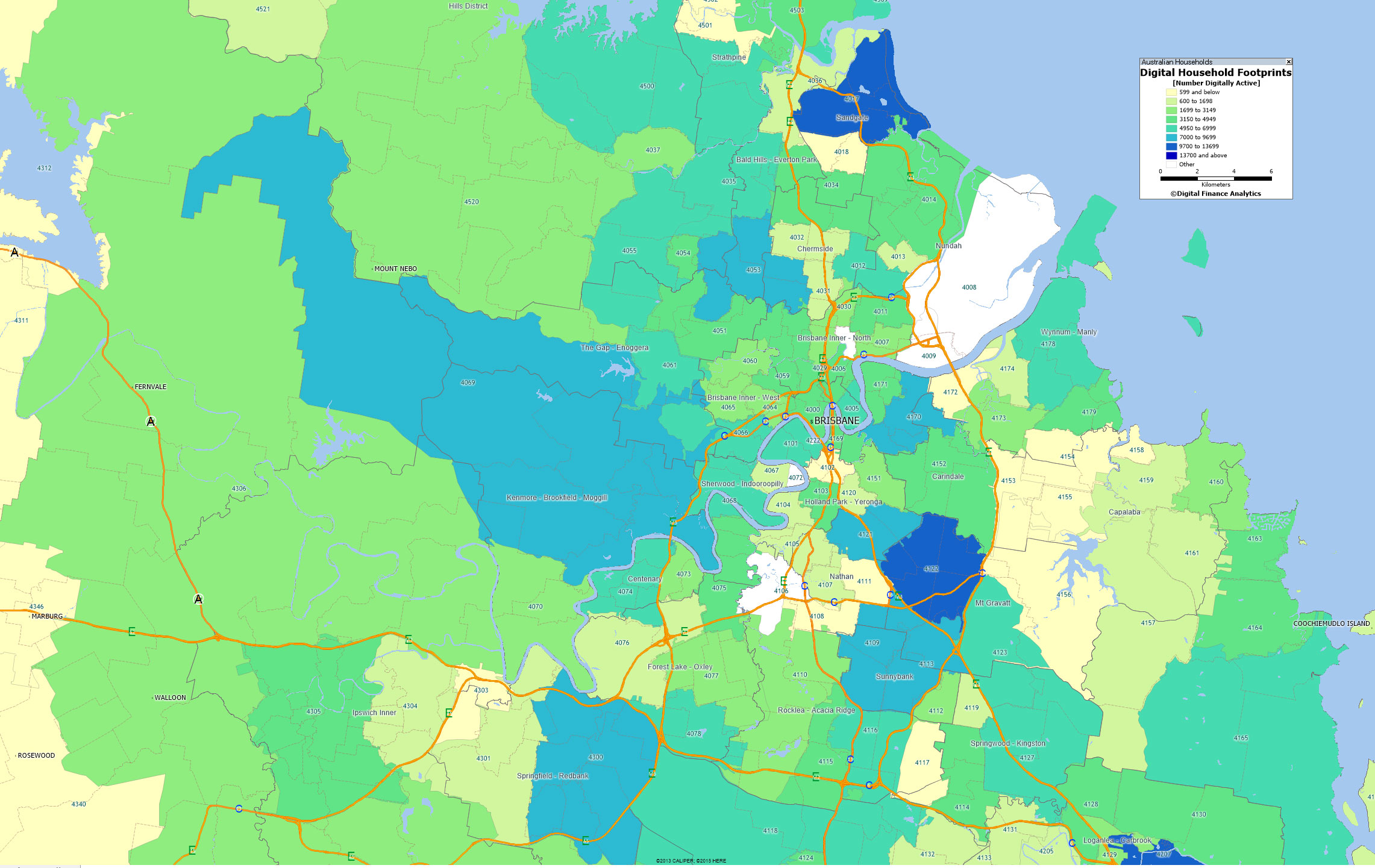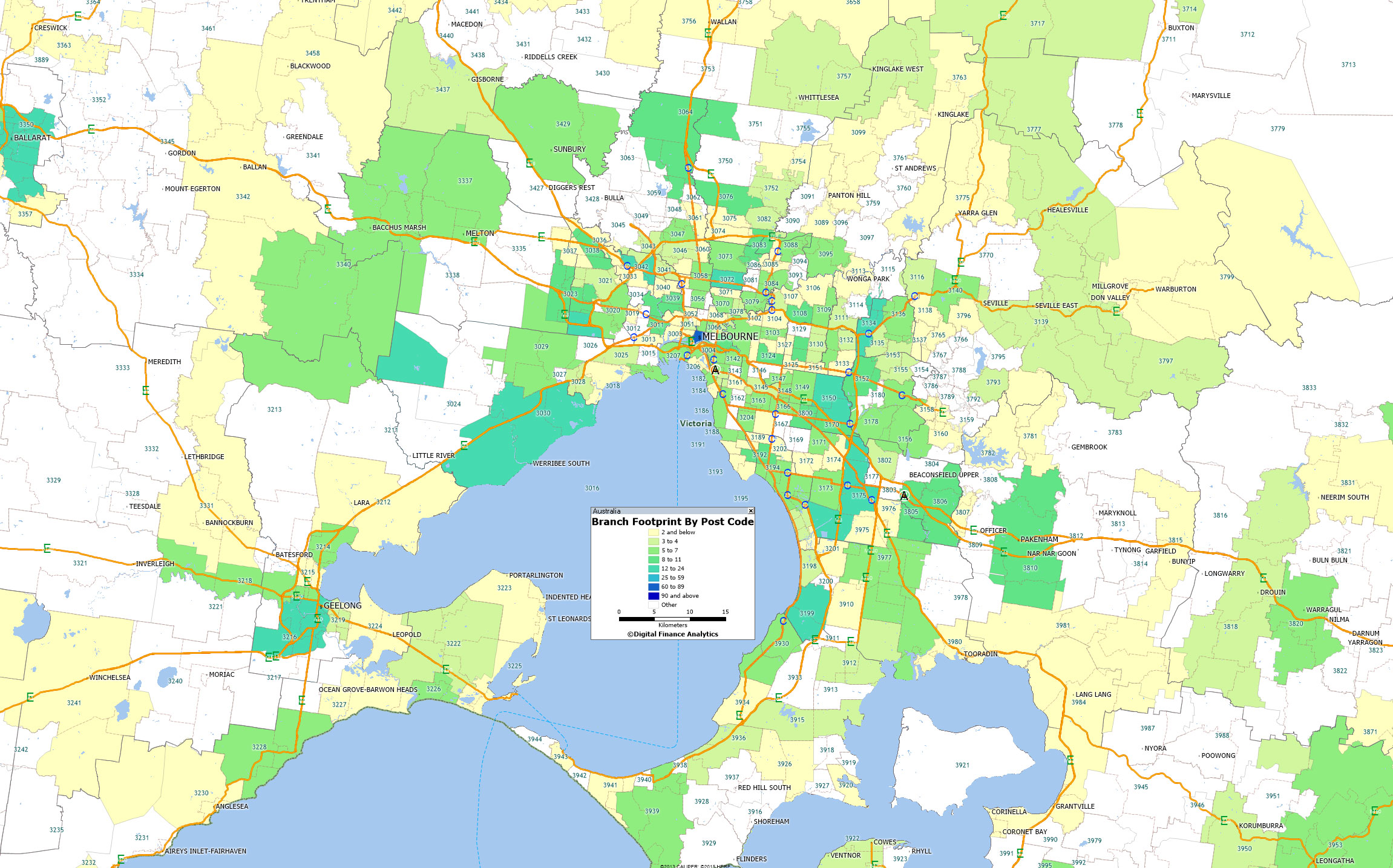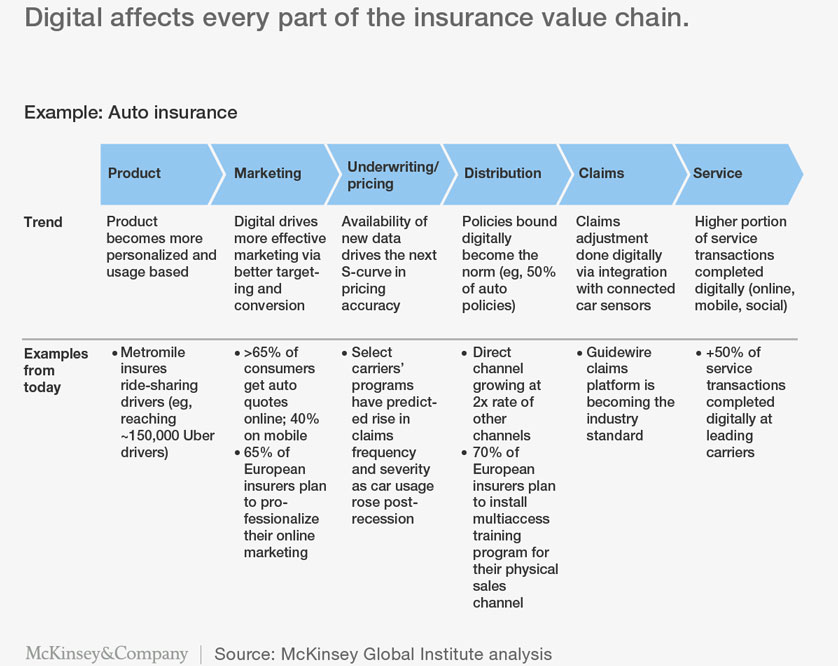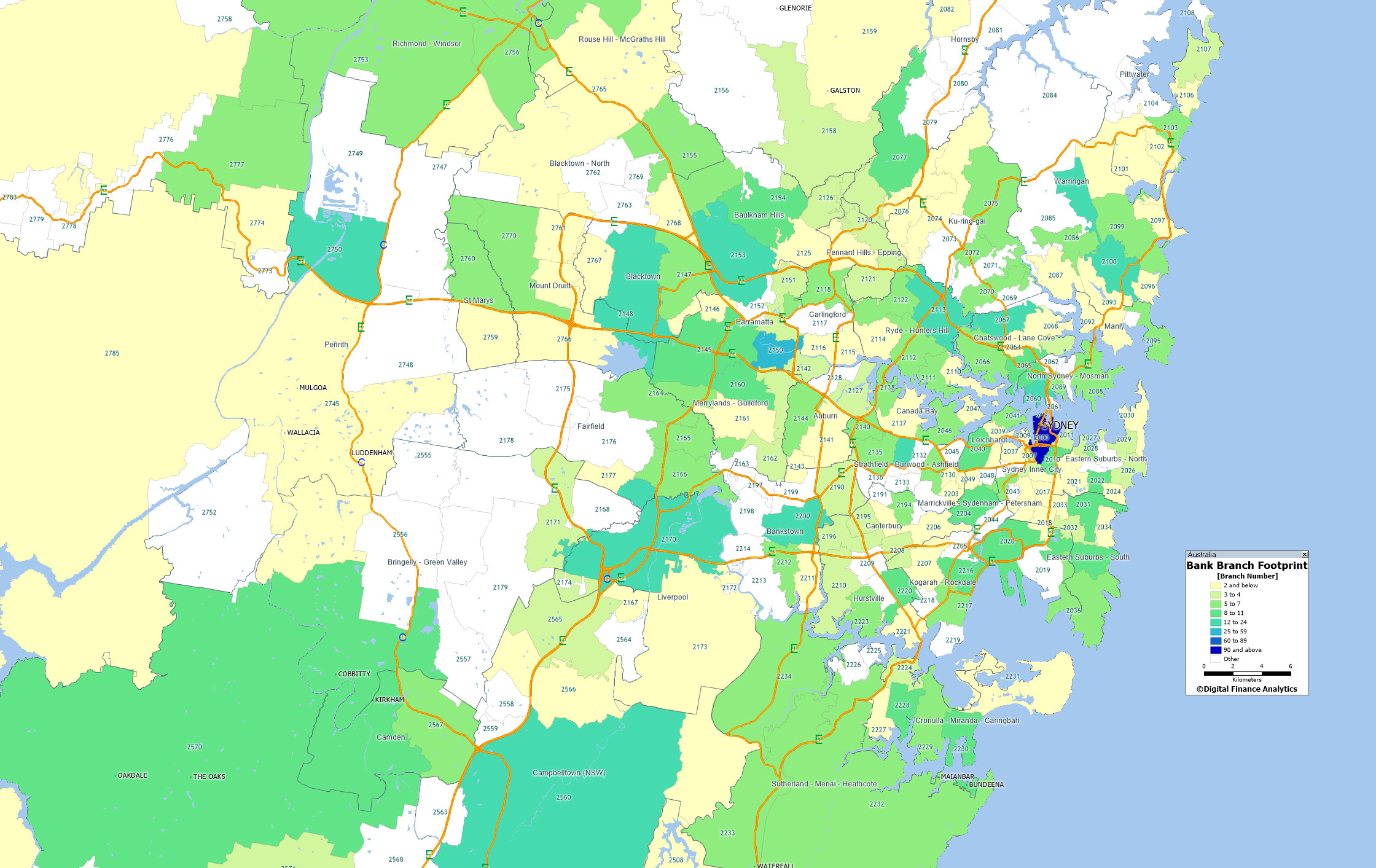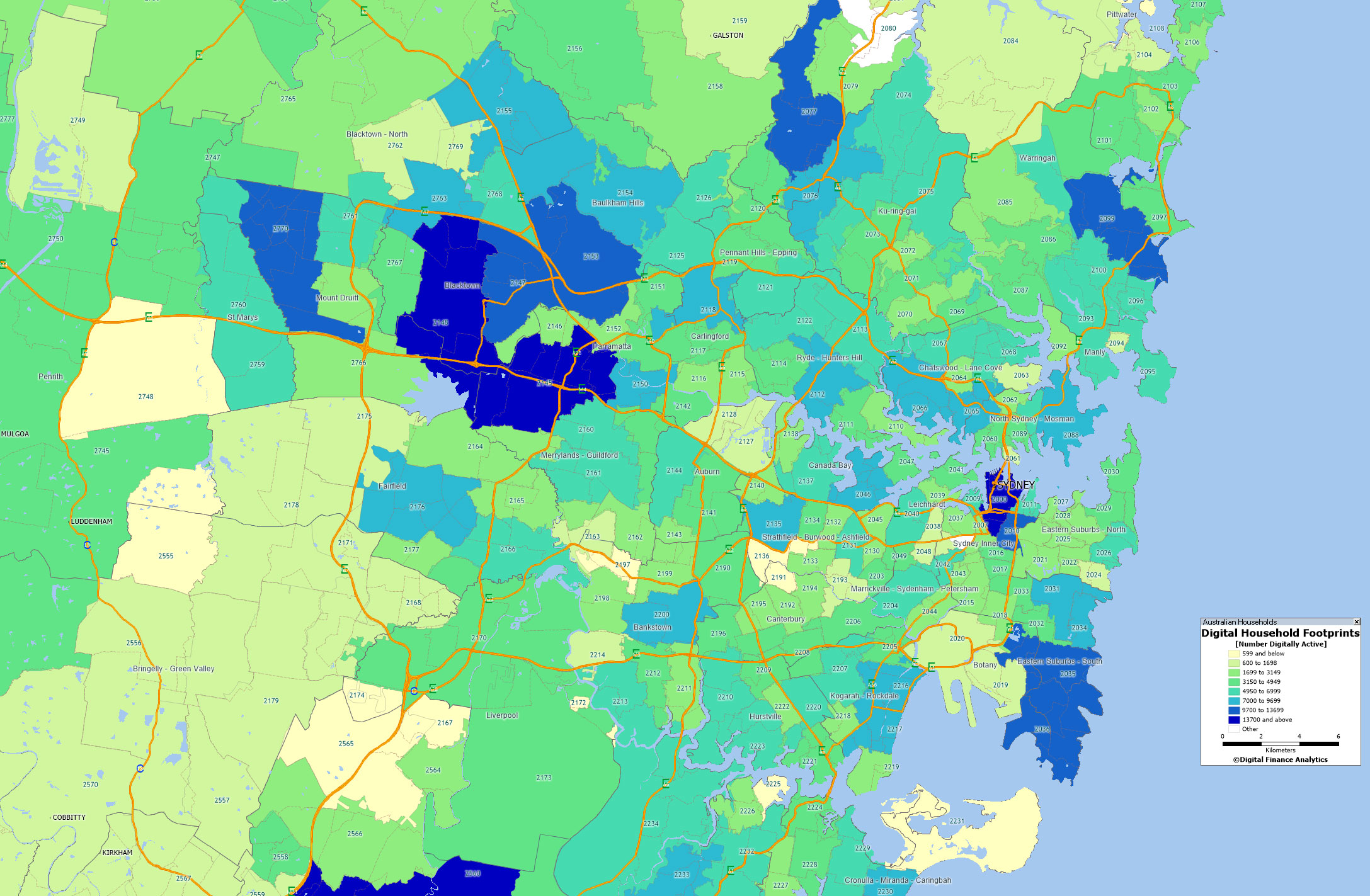According to eMarketer, just because a consumer joins a loyalty program doesn’t mean she’s active in it.
Loyalty programs have become an important marketing tool for retailers, and most companies entice shoppers to join these programs by offering rewards. But these incentives may not be enough to keep consumers satisfied and happy that they joined it in the first place. Retailers may need to think bigger, and more long-term.
Just because a consumer joins a company’s loyalty program doesn’t mean she’s active in it. Research from Bond Brand Loyalty, in partnership with Visa, found that the average internet user in North America belongs to about 13 loyalty programs for companies in various industries. Yet members are only actively participating in about half of the initiatives they have signed up for.
Perhaps consumers feel they aren’t getting enough out of some loyalty programs to continually participate in them, and retailers may need to change that. Some already have.
Take Sephora for example. The retailer’s loyalty program has an immense following, especially among beauty junkies. The program is simple: consumers who are interested start off at the Beauty Insider level, which is free to join—and every dollar spent earns them a point. VIB is the next level, and shoppers need to spend a minimum of $350 annually to reach it. Sephora’s VIB Rouge membership is its most elite, and to reach that, consumers would have to spend a minimum of $1,000 annually. As consumers climb further up the ladder to VIB Rouge status, they are met with more exclusive rewards like a private hotline and invitations to exclusive events.
And although Sephora has been successful with its loyalty program, the retailer has taken things a step further. Sephora recently introduced its Rewards Bazaar, where loyalty program members have access to new rewards—including samples, services and one-of-a-kind experiences—every Tuesday and Thursday. Some of these rewards include customer makeovers, which barely cost the company anything since their in-house makeup artists perform them. Other rewards are more high-end and limited, like a master makeup class at Anastasia Beverly Hills, or a Tory Burch gift set that includes a bag, wallet and perfume, among other things.
An initiative such as this—basically surprising and delighting customers—can boost brand perception. And an influx of rewards, especially those that are more tailored and personalized, can keep loyalty program participation going. A survey from loyalty marketing research and education practice Colloquy found that more than half of respondents who had joined a program in the past 12 months did so because they were able to earn points or miles on their purchases. Nearly as many had received a product or service offer. And 75% of respondents said they stayed in the loyalty program because the rewards and offers were relevant to them.
On the whole, the majority of US marketers intend to allocate more of their budgets to customer loyalty next year, research from multichannel loyalty and analytics company CrowdTwist and Brand Innovators revealed. In addition, about 13% said they anticipate significant increases in spending on such programs.
According to the data, more than half of respondents said they plan to put more dollars into their loyalty programs next year. Some 44% said they will somewhat increase loyalty budgets, and 13% plan to significantly. Only a mere 4% said they anticipate lowering investment.




